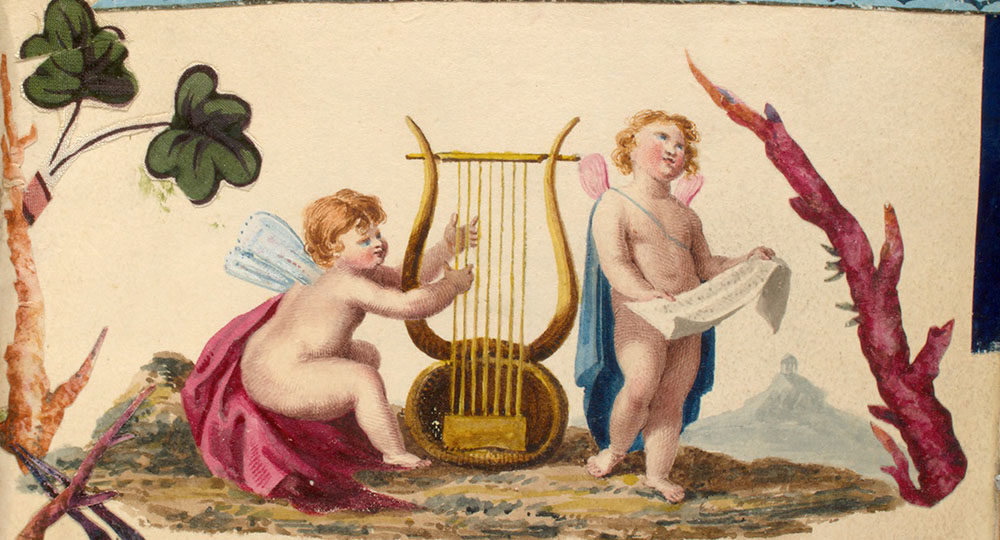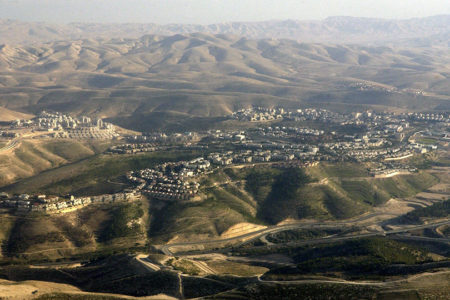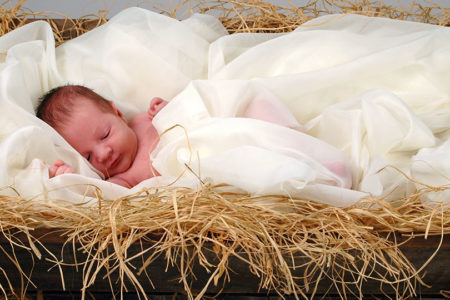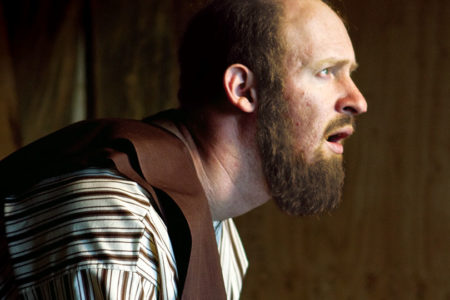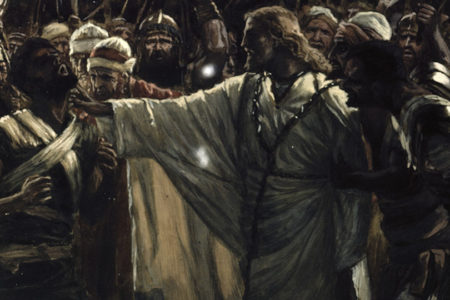What’s Up With Cherubs?
Their movements are instantaneous, darting with lightning speed in their service to Almighty God (Ezek. 1:19–21). The prophet Ezekiel described them as formidable beings radiating intense brightness and generating what appear to be flashes of lightning. With bodies similar to that of men––but with four faces oriented in opposing directions, two sets of wings, hands, and calf-like feet (vv. 5–13)—how is it they came to be recognized as baby-like creatures sporting dimply bodies and stubby wings?
The first mention of cherubim (Hebrew, plural of cherub) occurs shortly after Adam and Eve’s expulsion from the Garden of Eden. God stationed cherubim with a flaming sword at the entrance to guard the tree of life (Gen. 3:24). In early Christian art, however, cherubim were often portrayed as bodiless heads with wings—their spiritual nature reflected by the absence of a body. With heads representing their intellect and ability to communicate with God, wings identified them with the divine or celestial.
Italian artists of the Quattrocento are primarily responsible for the visual depictions we commonly associate with angels. In the 1400s, Italian Renaissance painter Raphael borrowed and adapted a motif from Greek and Roman myth, applying it to the sacred in his widely known rendition of cherubs in The Sistine Madonna. Starting with the early Renaissance through the Baroque period and up to the present, artistic depictions of cherubs are erroneously interchanged with this motif known as putto. Taken from the Latin meaning “little man,” putti (plural) are not human babies but, rather, mischievous, winged creatures associated with profane activities or erotic love in classical themes. This motif became so entrenched that, by the Baroque Era, the only way to differentiate between cherubs and putti was the context of the art.1
Consequently, art may be a legitimate medium for expression, but it isn’t the best way to discover biblical truth.
ENDNOTE
- Juan Carlos Martinez, “What’s With the Cherubs?” Art Renewal Center, October 5, 2004 <artrenewal.org/articles/2003/Best_of_ARC/best1.asp?msg=226&forumID=3>.
